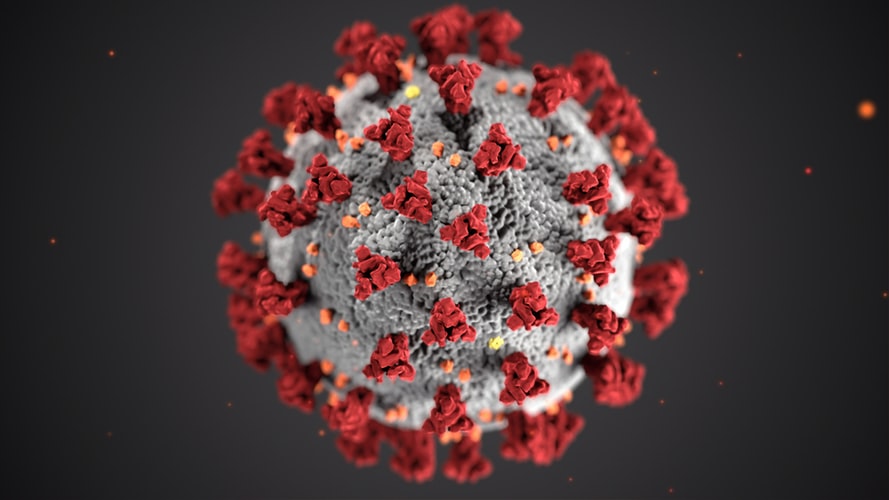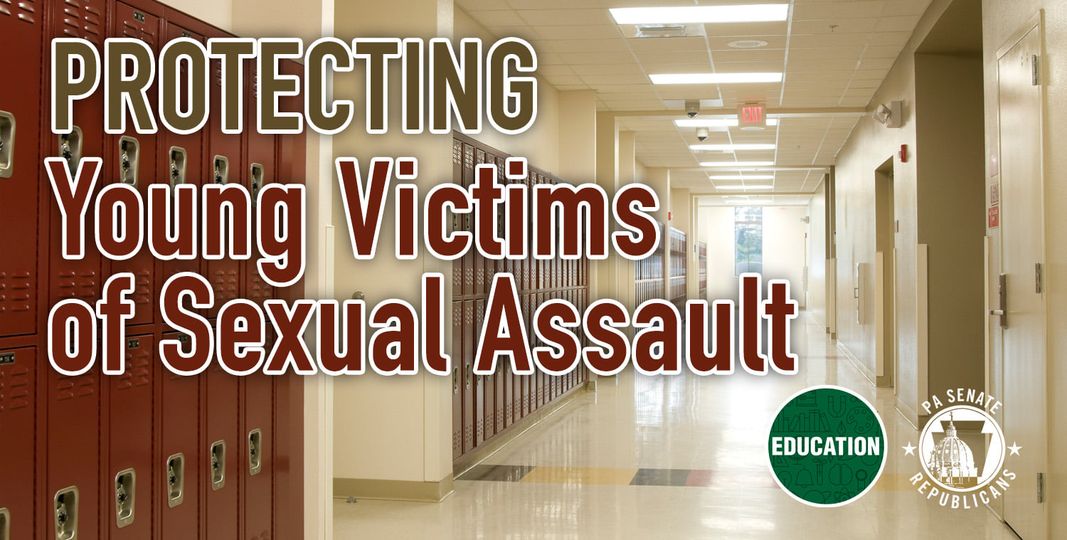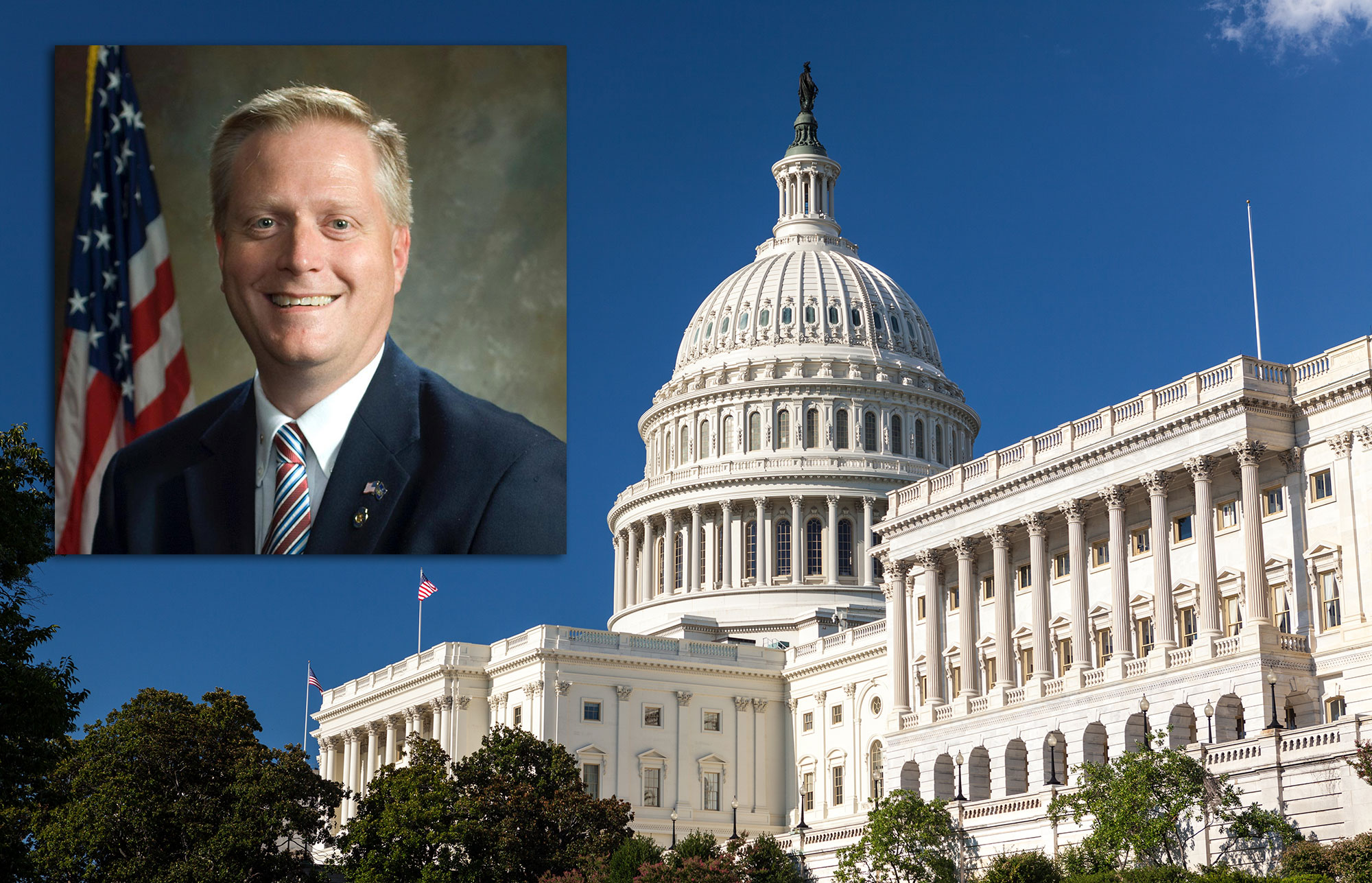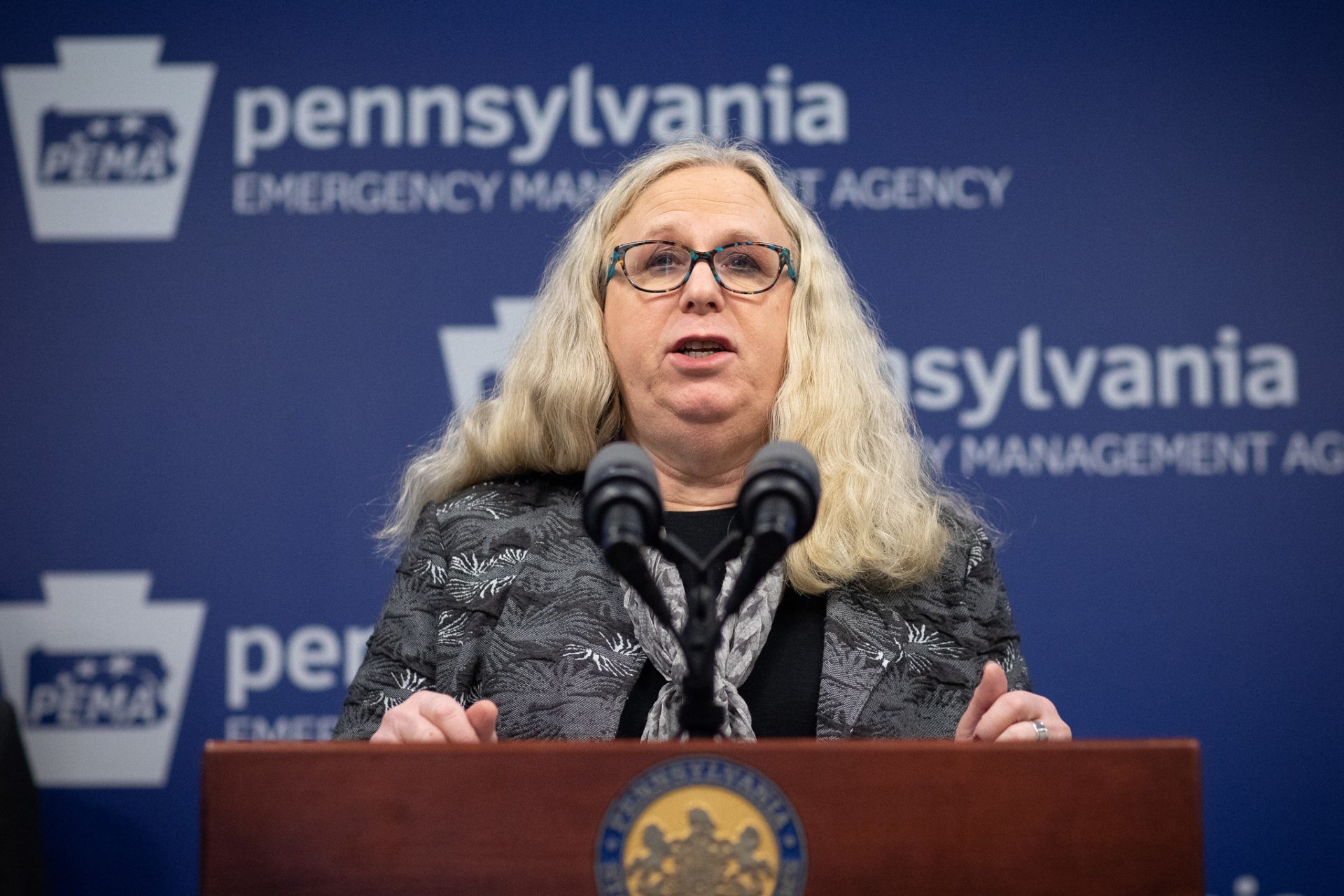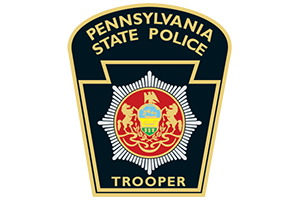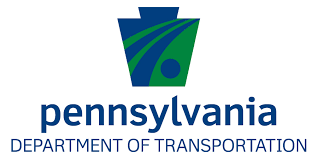
Safety Citizens is Open for Submissions Today
Harrisburg, PA – The Pennsylvania Department of Transportation (PennDOT) invites Pennsylvanians to participate in its new Safety Citizens program, which encourages community members to answer traffic safety questions in original and creative ways.
Bi-monthly traffic safety topics will be introduced, posing a question for the public to answer. Participants can answer by submitting a short video, a poem or an original piece of artwork. Selected submissions will be displayed on PennDOT’s statewide social media platforms including Twitter, Facebook, and Instagram.
Being a Safety Citizen is being a leader by inspiring your family, friends and community to practice safe behaviors on the road. Whether traveling by vehicle, motorcycle, bicycle or on foot, everyone has the opportunity to be safer on the road.
Individuals, classes, families, clubs, or other groups are encouraged to consider this new safety initiative as a program challenge.
The program is now open, kicking off with Teen Driver Safety as the first topic. Participants are asked to submit a response to the question “What do you think every teen driver should know before getting behind the wheel?” Submissions are due by Wednesday, September 30.
Upcoming topics will include impaired driving, highway safety laws and distracted driving.
Additional information on the program, including the details and guidelines for participation, can be found online at www.PennDOT.gov/SafetyCitizens or questions can be emailed to SafetyCitizen@pa.gov. Interested participants are encouraged to check the website frequently for updates about future topics.


